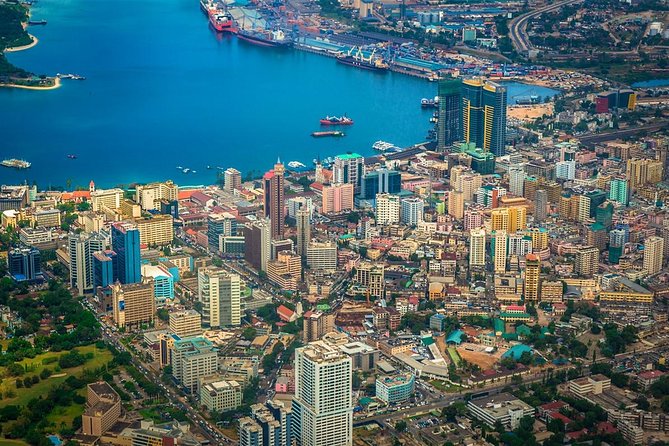
Introduction
Dar es Salaam, the largest city in Tanzania, serves as a vital economic and cultural hub in East Africa. Situated on the eastern coast of the continent, it is not only the country’s primary port but also one of the most populous cities in the region. With its rich history, diverse population, and growing industries, Dar es Salaam’s significance extends beyond its geography, making it an essential topic of discussion, especially in the context of current global economic trends.
Cultural Melting Pot
The city has a unique blend of cultures and traditions due to its history of trade and colonization. Dar es Salaam has long been a crossroads for different peoples and ideas, with influences from Arabic, Indian, and African cultures. This amalgamation is evident in its architecture, cuisine, and festivals, which celebrate both local and international cultures. Recent events, like the annual Swahili Fashion Week, showcase local designers and aim to promote African fashion and creativity on a global scale.
Economic Growth and Infrastructure Development
Dar es Salaam has experienced significant economic growth in recent years, aided by its strategic location as a port city. According to the World Bank, the city contributes nearly 60% of Tanzania’s GDP. The government has been investing heavily in infrastructure to improve trade logistics and urban transport, leading to initiatives such as the Dar es Salaam Rapid Transit (DART) system, aimed at easing traffic congestion and improving public transport.
Furthermore, the increasing interest from foreign investors has led to the development of various sectors including technology, manufacturing, and tourism. As the city continues to expand, more business opportunities are emerging, making it an attractive destination for entrepreneurs.
Challenges Faced
Despite its growth, Dar es Salaam faces several challenges. Rapid urbanization has led to issues such as inadequate housing, traffic congestion, and environmental degradation. Officials are implementing urban planning strategies to deal with these challenges, but the pace of development must keep up with population growth to ensure sustainable living conditions.
Conclusion
Dar es Salaam is more than just a bustling city; it is a vibrant testament to the intersections of history, culture, and economic potential in East Africa. As it continues to grow and develop, monitoring its progress and addressing the challenges faced will be crucial for both local residents and international observers. The future of Dar es Salaam holds promise, and its evolution will likely have significant implications for the region as a whole.



